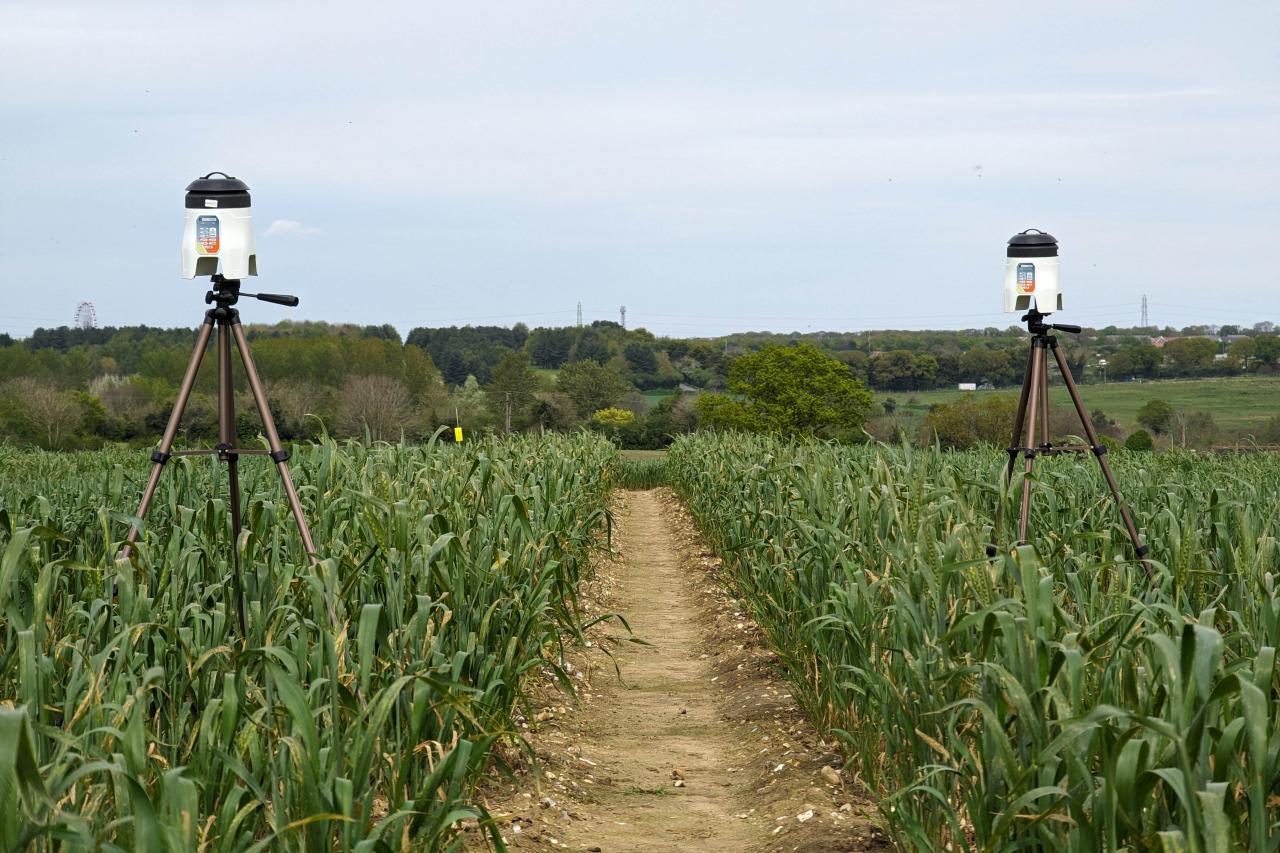AirSeq: using DNA sequencing to provide early warning of airborne pathogens
Highly sensitive, real-time, in-field detection of airborne pathogens
Led by: Richard Leggett
Start date: 2015
AirSeq technology has been in development at the Earlham Institute since 2015, combining the latest DNA sequencing technologies with rapid and sensitive custom bioinformatics analysis software.
Originally conceived as a tool for in-field surveillance of agricultural pathogens (particularly fungal pathogens that threaten some of our most crucial crops), we have carried out a number of proof-of-concept trials to validate the AirSeq technology.
We have expanded our focus to include the detection of bacterial and viral human pathogens in urban environments, as part of a project funded by DARPA, the US Defense Advanced Research Projects Agency.
AirSeq represents a truly unbiased technology capable of detecting any biological agent. The future applications of this technology are far-reaching.

Within the agricultural sector, early detection and quantification of crop pathogens has the potential to reduce the use of pesticides, reduce crop losses due to the damage by pathogens, and, based on exact knowledge of pathogen levels and strain, improve crop spraying results thanks to better selection of agrochemicals. The technology can also help to identify novel pathogens, new strains of known pathogens, and help develop better modelling of disease epidemiology.
For homeland security and public health monitoring, the project is developing an automated system for detection and geolocation of airborne biological threats. This would enable the detection of minute traces of pathogenic agents circulating in the air. We have been able to demonstrate extremely high sensitivity and specificity rates for the technology, and significantly reduced the time from air sampling to the detection, compared with conventional lab-based diagnostics that can take days and are generally species-specific.
The outbreak of COVID-19 demonstrated the significant impact of biological threats on public health and the global economy.